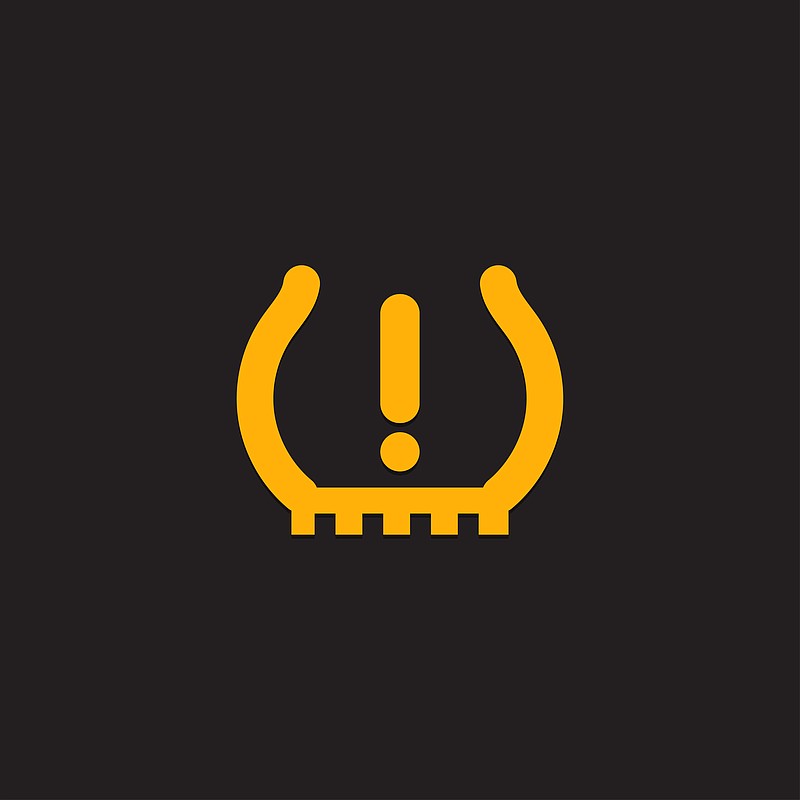Q: My tire pressure monitor light is constantly on for one or more of the original tires on my 2009 Subaru Impreza with 40,000 miles. We love the car and plan on keeping it as long as possible. My repair shop said that there is a limited life on the sensors and the batteries, and when we replace the tires, which I am doing soon, to just replace all the sensors. However, the sensors are $80 apiece.
Can I just put in the old-fashioned valves and just keep an eye on the pressure, or do I need new sensors? - S.W., Downers Grove, Ill.
A: Tire pressure monitoring sensor batteries are designed to last 10 years. It sounds as though yours may have died. The law does not demand that you replace the sensors, but for your peace of mind, convenience and safety's sake, it makes sense to replace them. I have found much lower prices for aftermarket ones.
Q: I have a 2002 Hyundai Accent and the spark plugs have removable terminal nuts made of aluminum. I have found that after about 5,000 miles or so the engine will give a brief miss when I load the engine too much in lower gears. I have found that if I take emery board and clean the aluminum bullet tips the problem is fixed for another 5,000 miles or so.
The aluminum corrodes as evidenced by the blackish gray on them. I am wondering if you have any suggestions for getting brass tips or to prevent the aluminum corrosion? - E.S., Allentown, Pa.
A: I am not aware of replacement tips for spark plugs, but that isn't really what you need. Go to your local auto parts store and buy some dielectric grease. Sometimes it is sold as tune-up grease. Squeeze a dab into each spark plug boot. Not only does it prevent corrosion, it makes boot removal easier the next time.
I use it on all automotive bulbs, battery terminals and other electrical contacts, as well. Although you can buy a tube for a few bucks, some stores sell small, one use packets.
Q: Rear window wipers have become the norm for hatchbacks, SUVs and station wagons. Why are they not offered for passenger cars (sedans and coupes)? - M.H., Racine, Wis.
A: Rain, road scum, dust and such gets on the back glass of square-shaped vehicles. This goes for SUVs as well as semis. Because cars are more streamlined, they do not suffer the same problem.
Q: I have a 2017 Subaru which I bought used from CarMax. I absolutely love all the safety features. I'm not sure I am getting correct information from my Subaru dealer, however. On a monthly basis, I get a report card on my computer that says my windshield water is low. This is not true. My concern is that if that is incorrect, what else is also incorrect. My dealer brushes it off. - J.D., Westchester, Ill.
A: As long as you know that the reservoir has washer fluid, this should not be a major concern. The fluid level sensor may be shot or, from personal experience, some washer fluid brands may contaminate the sensor. I had to replace mine.
Q: Back in the day, it was common knowledge that every once in a while you had to rev up and railroad your car to get the carbon out. Was that true then, and is it true now? - S.P., Chicago
A: Not sure about back then, but it's not any more. But a friend's wife was pulled over driving her Mustang. She told the trooper that her husband told her to gun it from time to time to get the carbon out. She didn't get a ticket.
Bob Weber is a writer and mechanic who became an ASE-certified Master Automobile Technician in 1976. He maintains this status by seeking certification every five years. Weber's work appears in professional trade magazines and other consumer publications. His writing also appears in automotive trade publications, Consumer Guide and Consumers Digest. Send questions along with name and town to Motormouth, Rides, Chicago Tribune, 160 N. Stetson Ave., Fourth Floor, Chicago, IL 60601 or [email protected].

